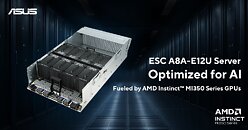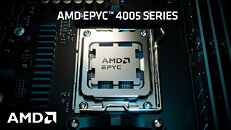Broadcom Ships Tomahawk Ultra Ethernet Switch for HPC and AI Scale-up
Broadcom Inc. (NASDAQ:AVGO), a global leader in semiconductor and infrastructure software solutions, today announced the shipment of its breakthrough Ethernet switch—the Tomahawk Ultra. Engineered to transform the Ethernet switch for high-performance computing (HPC) and AI workloads, Tomahawk Ultra delivers industry-leading ultra-low latency, massive throughput, and lossless networking.
"Tomahawk Ultra is a testament to innovation, involving a multi-year effort by hundreds of engineers who reimagined every aspect of the Ethernet switch," said Ram Velaga, senior vice president and general manager of Broadcom's Core Switching Group. "This highlights Broadcom's commitment to invest in advancing Ethernet for high-performance networking and AI scale-up."
"Tomahawk Ultra is a testament to innovation, involving a multi-year effort by hundreds of engineers who reimagined every aspect of the Ethernet switch," said Ram Velaga, senior vice president and general manager of Broadcom's Core Switching Group. "This highlights Broadcom's commitment to invest in advancing Ethernet for high-performance networking and AI scale-up."


























































